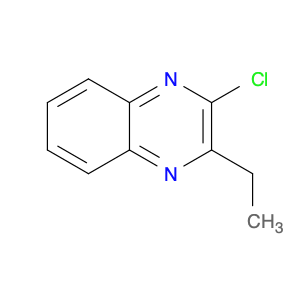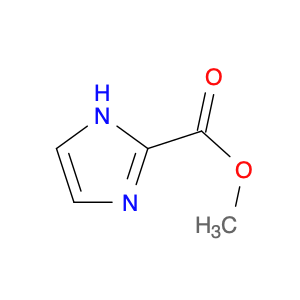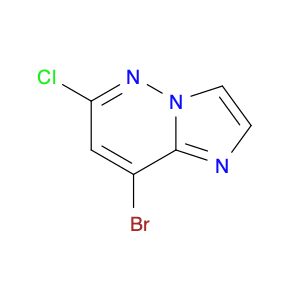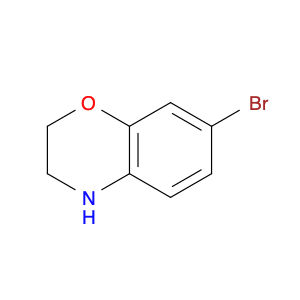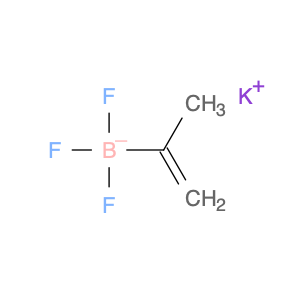Quinoxaline, 2-chloro-3-ethyl- is a key intermediate in chemical synthesis, particularly in the pharmaceutical and agrochemical industries. Its unique structure and reactivity make it a valuable building block for the preparation of various compounds with diverse applications.In organic synthesis, Quinoxaline, 2-chloro-3-ethyl- serves as a versatile starting material for the construction of complex molecules. Its chloroethyl group can undergo various substitution reactions, allowing chemists to introduce different functional groups at specific positions. This enables the fine-tuning of the physicochemical properties of the final compounds, such as solubility, stability, and bioactivity.Furthermore, the quinoxaline core itself is a pharmaceutically important motif found in many bioactive compounds. By incorporating the 2-chloro-3-ethyl- substituent, researchers can modify the pharmacological profiles of these molecules, potentially enhancing their efficacy or reducing side effects. This versatility makes Quinoxaline, 2-chloro-3-ethyl- a valuable tool in drug discovery and development efforts.Moreover, Quinoxaline, 2-chloro-3-ethyl- can also be utilized in the synthesis of agrochemicals, such as pesticides and herbicides. The presence of the chloroethyl group provides a handle for introducing functionalities that can enhance the pesticidal or herbicidal activity of the final products. This allows chemists to design compounds with improved effectiveness and selectivity, contributing to sustainable agricultural practices.In conclusion, Quinoxaline, 2-chloro-3-ethyl- plays a crucial role in chemical synthesis by serving as a versatile intermediate for the preparation of pharmaceuticals and agrochemicals. Its unique structure and reactivity offer endless possibilities for creating novel compounds with tailored properties and applications.
 sales@aaronchem.com
sales@aaronchem.com
